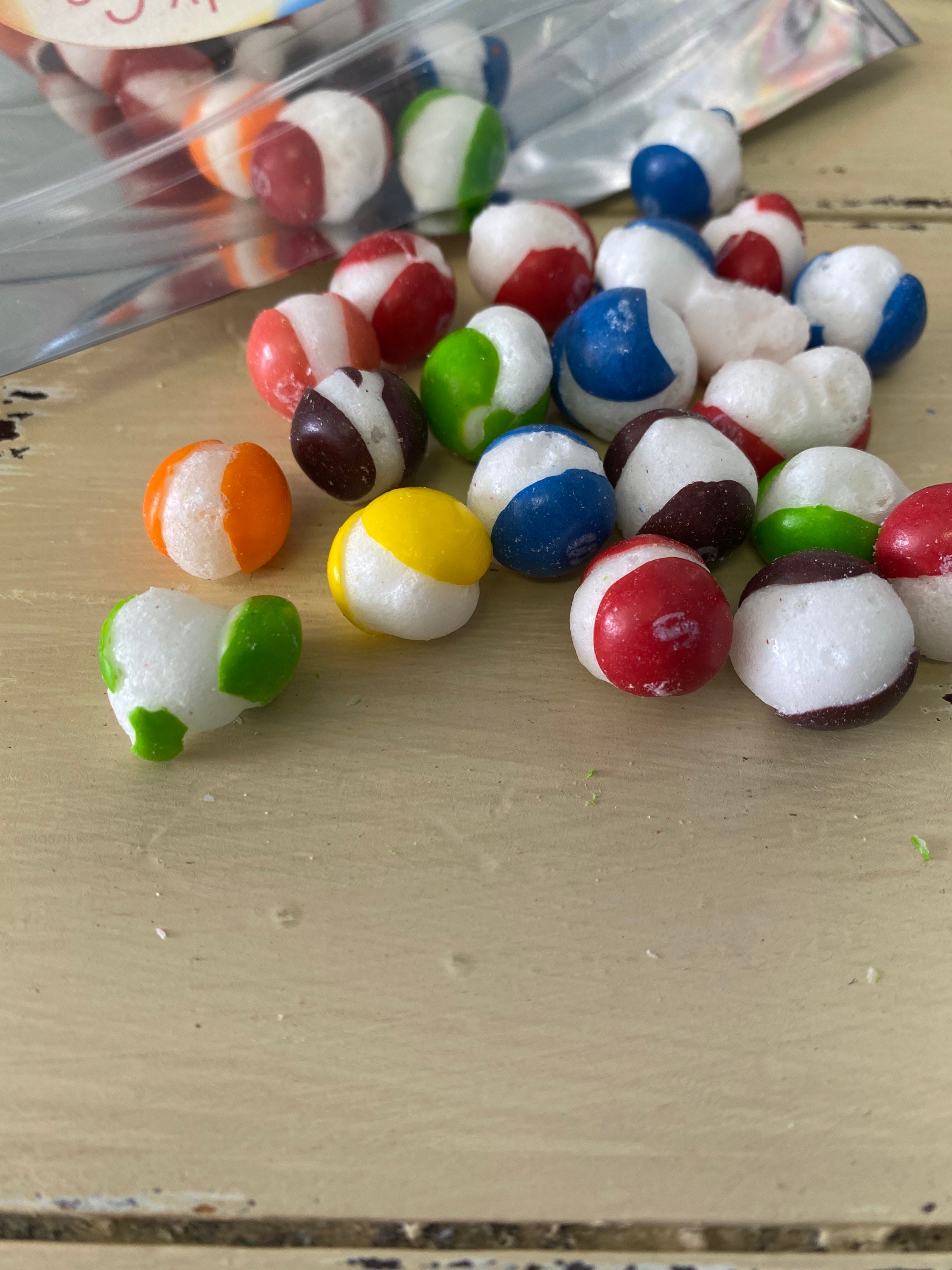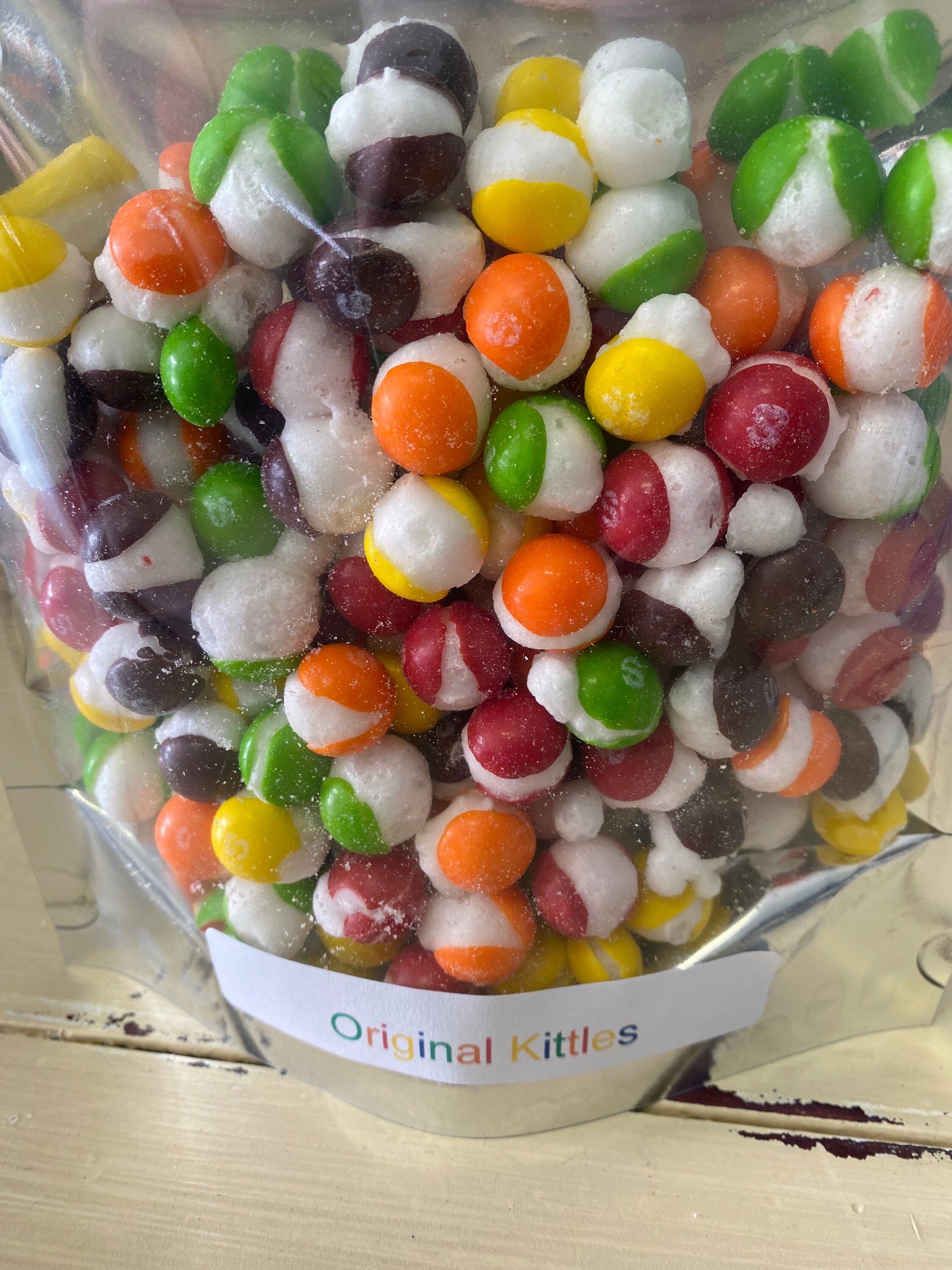
You might have heard it referred to as freezer burn. If you are planning to use the fruits to make jams or preserves later on, or, if there are health concerns such as diabetes, then, of course, freeze in plain water or dry.įrozen fruits and vegetables can also suffer a variety of changes-flavor and texture-when the product is not well protected from the air. Sugar helps to preserve both the flavor and texture of frozen fruits. Though many folks today are sugar phobic, keep in mind that the quality of many fruits (peaches, apples) is not as good when packed without sugar. Often you will see recipes that suggest that you freeze fruits with sugar or in a light sugar syrup. This is more effective than the use of lemon juice. Ascorbic acid may be used in its pure form or in commercial mixtures (such as “Fruit Fresh”).

Instead, home food preservers control the browning and loss of vitamins with ascorbic acid (vitamin C), an anti-oxidant. Because fruits are usually served raw, they cannot be blanched like vegetables. The major problem associated with enzymes in fruits is the development of brown colors and loss of vitamin C. The exceptions to this rule are peppers, onions and herbs, which do not need to be blanched.įruits are a bit different. Even though blanching can be a bother, in most cases it is absolutely essential for producing quality frozen vegetables.

Cool the vegetable quickly in ice water to keep it from cooking. When freezing vegetables, you can inactivate the enzymes by blanching-or dropping them into boiling water or steaming for a short time. These enzymes must be inactivated to prevent these reactions. Fresh produce contains chemical compounds called enzymes which can cause flavor, color and texture changes, and the loss of vitamins and minerals even while stored in the freezer. This is why these products should be frozen as soon after harvest as possible and at their peak degree of ripeness. People need to know that while the temperature of a freezer keeps food safe, it will not preserve the quality of your produce without some help.Īfter harvest, fruits and vegetables undergo chemical changes which can cause spoilage and deterioration of the product. Well you can, but the result will be just as tasteless as a January tomato. You can’t just wash your produce, cut it up and throw it in the freezer without much thought. Also, they are freezing food very fast at very low temperatures that create very small crystals and prevent mushiness and texture changes that may occur during home freezing. This is always best, though not always possible when you are waiting for your garden to produce enough green beans to make the job worth it. Unless you have a blast freezer in the basement! The frozen foods you buy in the grocery store is often picked and processed the same day. But, it is less time consuming and most folks prefer the flavor and texture of frozen foods.Īnother thing to keep in mind is that you may not be able to reproduce the commercially frozen products that you are used to.

It requires that you have a freezer that can hold all of the food you want to freeze at 0☏ and, if you choose single use plastic freezer bags, they can be expensive. Keep in mind, though, that freezing can be a more costly way of preserving than canning. It can be a little scary if you do not know what you are doing. Many people do not want to use a canner or pressure canner. IF DONE RIGHT.įreezing is easy, requires no special equipment and is often the home food preservation method of choice. If done right, freezing can preserve the flavor and health-giving benefits of summer fresh fruits and vegetables.

Freeze your local produce, whether it is from your garden or the farmer down the road. There is a way to fix this–without turning to imports from China or Chile or even the well-traveled produce from California, which begins to lose nutritional value as soon as it is picked. But, soon it will all be gone and we will be wishing that we had stashed some away for the long winter. A trip to your backyard vegetable garden, local farmers’ market or maybe the nearby pick-your-own orchard, even late in the season, will attest to this: bins and shelves are still overflowing with beautiful tomatoes, raspberries, green beans and corn. It has been a wonderful year for growing fruits and vegetables in Connecticut. How to save summer flavor for winter: freezing fruits and vegetables


 0 kommentar(er)
0 kommentar(er)
